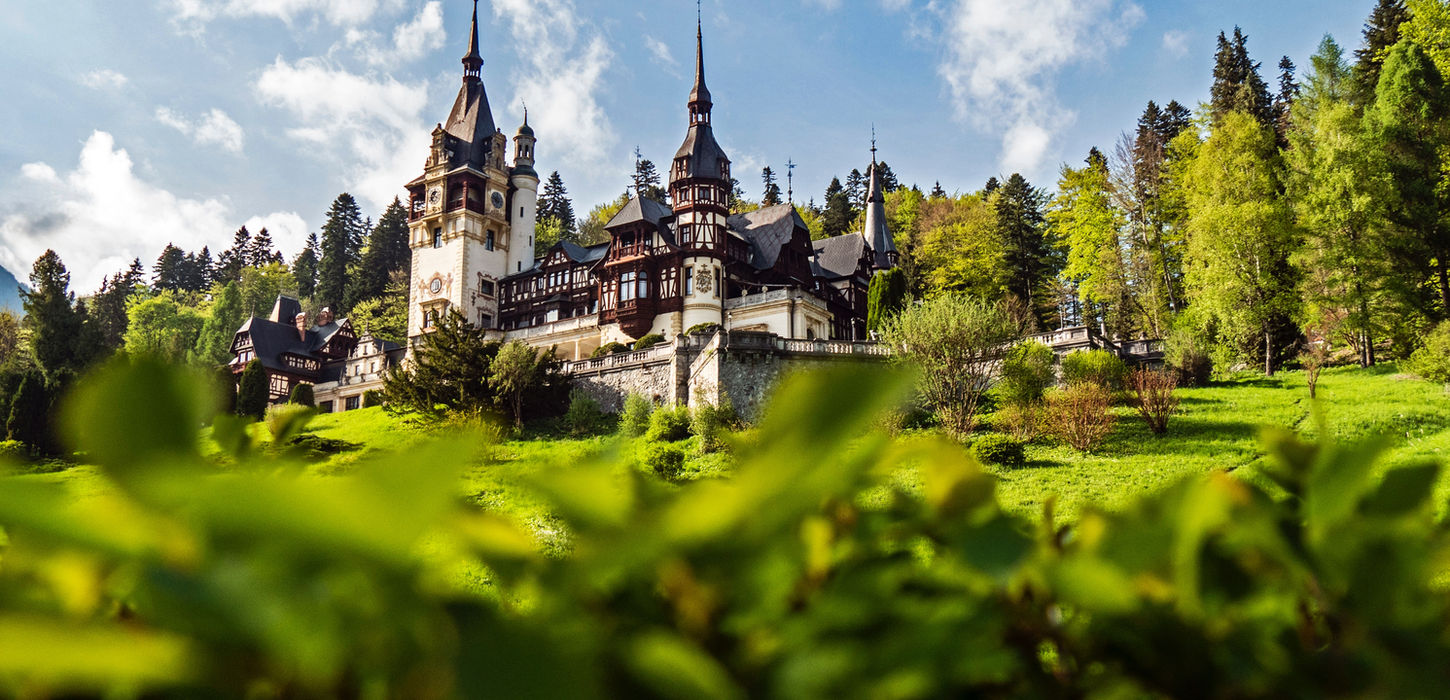LEARN MORE ABOUT THE ROMANIAN LANGUAGE

Romanian Language Services
Volatia s a leading provider of professional Romanian tlanguage translation and interpreter services. Whether you are in the United States or anywhere else in the World, Volatia is uniquely capable of bridging all of your Romanian language services.
The secret sauce is our proprietary technology, coupled with our vast network of professional Romanian translators and interpreters.

Over 18,000 Interpreters are available on demand. Simply download our app or call our language line to access interpreters in more than 300 languages, including American Sign Language, 24/7/365. You can also schedule an interpreter for an in person meeting through terpX or by calling 877-VOLATIA or emailing customerservice@volatia.com.
The effort of translating your written materials demonstrates your commitment to foster diversity, equity, and inclusion in all of your business relationships. Volatia can help you turn every written message into the language your customers understand.
Unleash your team with terpX, the most user-friendly and comprehensive Interpreter management and scheduling platform. This proprietary technology is designed with purposeful automations for organizations that provide or manage interpreter services on demand.
DEI Consulting
Diversity, equity, and inclusion are no longer optional dimensions for any business. Volatia guides your organization to develop and implement a language access program that ensures equitable communications for your customers, workforce, vendors, and partners.
Solutions We Provide
Simplified Procurement
24 / 7 / 365
300+
18,000+
99%
20+
Why Choose
VOLATIA
Romanian is a Romance language, just like Italian, French, Spanish or Portuguese. It is the only Romance language spoken in Eastern Europe, mainly in Romania and Moldova, and it has Slavic, Greek, Germanic, Hungarian, and Turkish influences. Romanian has four dialects: Daco-Romanian (Romanian), Aromanian, Megleno-Romanian, and Istro-Romanian. There is a debate around the Romanian dialects because some linguists consider Aromanian, Megleno-Romanian, and Istro-Romanian to be languages and not dialects of Romanian. The dialects are not mutually intelligible.
Daco-Romanian
Commonly referred to as Romanian, this dialect is spoken in Romania and in the Republic of Moldova, where it is also called Moldovan. It is the Romanian dialect spoken north of the Danube river. This dialect is the largest in number of speakers and it has the most subdialects: Muntean, Oltean, Bănăţean, Crişean, Maramureşean, and Moldovenesc.
Aromanian
Also known as Macedo-Romanian, this dialect is spoken in some areas of Macedonia, Albania, Greece, Bulgaria, Serbia, and Romania. Aromanian is the second most spoken dialect of Romanian and it is characterized by having longer words. Orthographically, Aromanian words are the most similar to Daco-Romanian, out of all the dialects. This dialect also has a separate literary form.
Megleno-Romanian
This dialect is spoken in the Meglen region, in the south of the Balkan Peninsula, particularly between the border of Greece and the Republic of Macedonia, but some communities can be found in areas of Romania and Turkey. Less than 5,000 people speak this dialect, and they identify as Vlasi. Megleno-Romanian derives from the Aromanian dialect; therefore, its words are also usually longer than Draco-Romanian words.
Istro-Romanian
Spoken in Croatia, more specifically in some villages on the northeast of the Istrian Peninsula, it is not only a dialect but also an ethnicity. Even though the dialect derived from Daco-Romanian, both orthographically and phonetically, Istro-Romanian words are the most different from Daco-Romanian, possibly because of geographical distance. According to UNESCO, it is an endangered language.
Fun fact: Nikola Tesla was actually of Istro-Romanian origin. His original family name was Drăghici, but because his ancestor’s profession of carpenter (teslari) passed down in the family, the name was eventually changed to the nickname Teslea, and then became Tesla.Tweet that, Elon!
Romanian Dialects
Greeting Norms
“Salut” and “Bună” (Hello) are the most common informal verbal greetings in Romania, in Moldova “Noroc” (Cheers/Hi) is also quite common. In both countries, Bună dimineaţa (Good morning), Bună ziua (Hello/Good day), and Bună seara (Good evening) are the common formal verbal greetings.
Romanians and Moldovans alike, greet each other with a handshake and direct eye contact. Kissing and hugging is normal among friends. In Moldova, people will give only one kiss, but in Romania it is customary to give two kisses, starting with the left cheek.
Communication Styles
Romanians are usually direct communicators and appreciate honesty above all. Nonetheless, when discussing sensitive matters, they do so quite tactfully. Romanians do not hide their emotions, and speak very passionately, especially if among friends and family. Moldovans value their personal relationships, and politeness is highly regarded. In Moldovan culture, people tend to be more reserved when interacting with strangers but are warm and friendly among friends and family.
Personal Space and Touching
Keeping a distance of over an arm’s length is the norm in Romania but this distance could be bigger when talking to strangers. In Moldova, this is not the case, and people will tend to speak to each other closer. Romanians are quite tactile when talking, usually gesticulate a lot, and it is normal for friends to casually touch during conversation to demonstrate their engagement. Moldovans, on the other hand, are not so tactile and it is not very common for people to touch during conversation. Public displays of affection are not very common in Moldova, either.
Eye Contact and Gestures
Direct eye contact is expected, both in Romania and in Moldova. Occasionally, people’s eyes will wonder during conversation, but this is not a sign that they lost interest. As mentioned above, Romanians are quite tactile, and they will gesticulate while speaking. In Moldova, putting the thumb between your two fingers is an extremely rude gesture.
Romanian Culture Reference Guide
Romania
Moldova
Vojvodina
Romanian is the official language of Romania, Moldova, and Vojvodina, an autonomous region of Serbia. The language is spoken by the majority of Romanian and Moldovan nationals and by around 28 million people worldwide, either as a first or second language.
Substantial numbers of Romanian speakers can also be found in Servia, Hungary, Croatia, Greece, Bulgaria, Germany, and in the United States.





